Sign up for workout ideas, training advice, reviews of the latest gear and more.

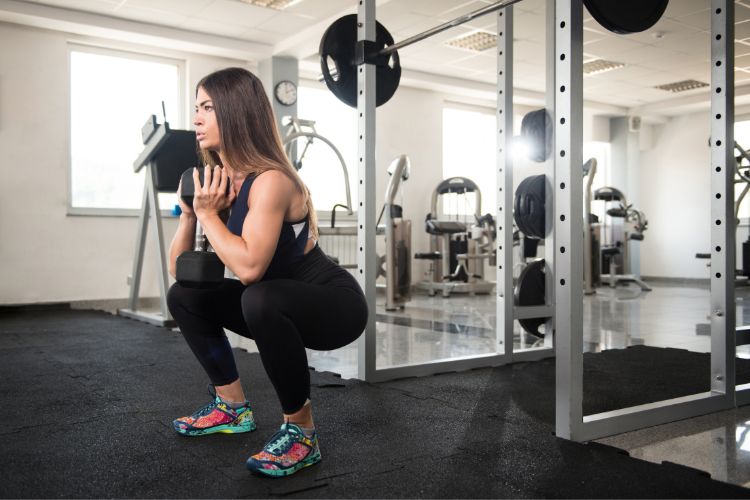
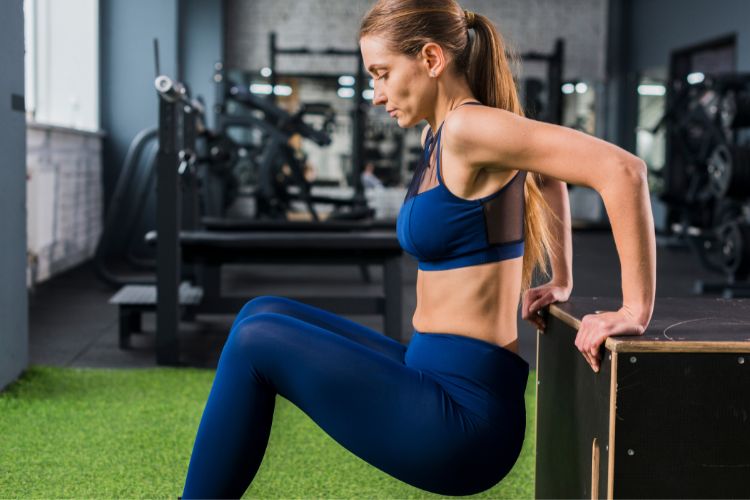
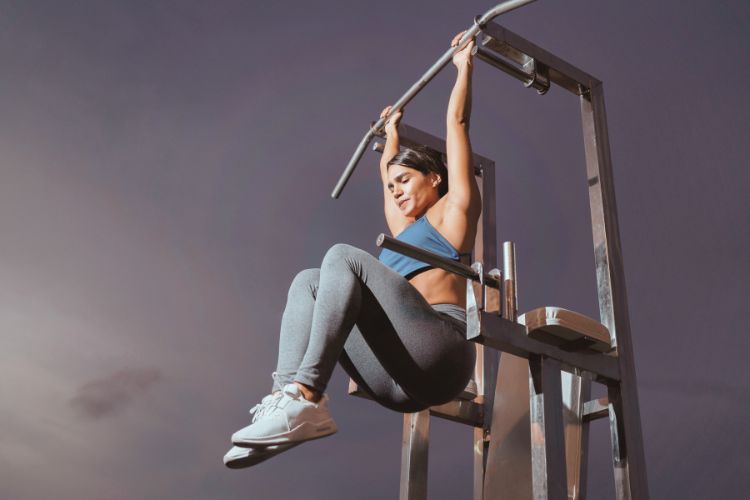
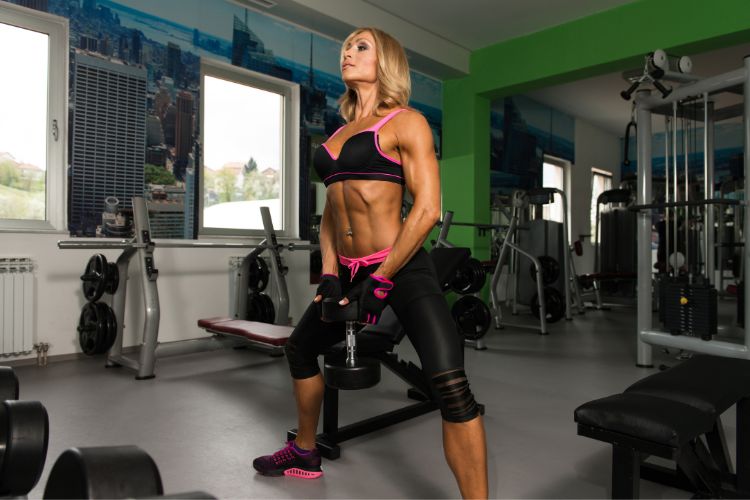
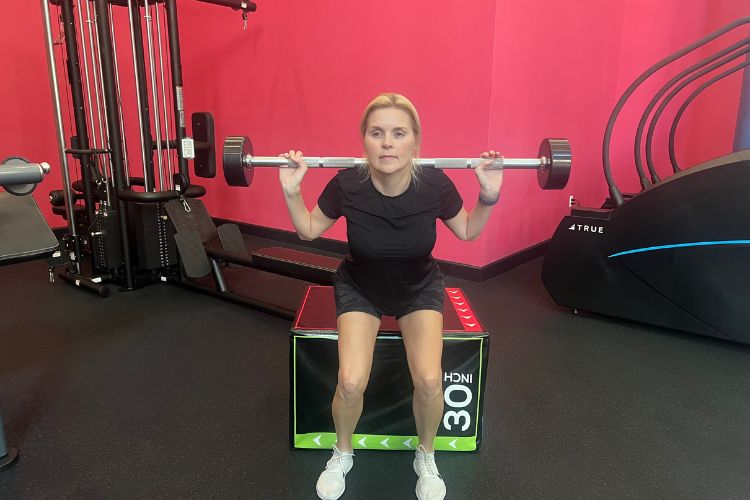
When it comes to building strength, improving lower body power, and enhancing overall fitness, squats are one of the most effective exercises you can do. For women who are new to strength training, box squats are an excellent starting point. This beginner-friendly variation of the traditional squat helps you learn proper form, build confidence, and develop strength safely. In this blog post, we’ll dive into everything you need to know about box squat workouts for women beginners, including benefits, proper technique, variations, and a step-by-step guide to getting started.
Box squats are a variation of the traditional squat where you lower yourself onto a box or bench before standing back up. The box acts as a guide to ensure you’re squatting to the correct depth and helps you maintain proper form throughout the movement. This exercise is particularly beneficial for beginners because it reduces the risk of injury and allows you to focus on mastering the mechanics of the squat.
Box squats are versatile and can be performed with body weight, dumbbells, kettlebells, or a barbell, making them suitable for all fitness levels. For women beginners, this exercise is a great way to build lower body strength, improve mobility, and boost confidence in the gym.
One of the biggest challenges for beginners is learning proper squat form. Box squats help you develop the correct movement pattern by providing a visual and physical cue (the box) to guide your depth and posture. This ensures you’re engaging the right muscles and avoiding common mistakes like rounding your back or letting your knees cave in.
For many women, squats can feel intimidating, especially if you’re new to strength training. The box provides a safety net, allowing you to practice the movement without fear of falling or losing balance. As you become more comfortable, you’ll gain the confidence to progress to more advanced variations.
Box squats target the major muscle groups in your lower body, including your glutes, quads, hamstrings, and calves. By incorporating this exercise into your routine, you’ll build strength, tone your muscles, and improve your overall fitness.
The controlled movement of box squats minimizes the risk of injury by ensuring you’re not overloading your joints or muscles. The box also prevents you from squatting too low, which can strain your knees or lower back.
Box squats encourage a full range of motion, which can help improve your hip and ankle mobility over time. This is especially beneficial for women who spend long hours sitting or have tight muscles from lack of movement.
Before you start, choose a box or bench that allows your thighs to be parallel to the ground when you sit. If you’re unsure, start with a higher box and gradually lower it as you become more comfortable.
Keep your chest up and your spine neutral throughout the movement. Rounding your back can put unnecessary strain on your lower back.
Focus on keeping your knees in line with your toes. If your knees collapse inward, it can lead to joint pain or injury.
The box should allow your thighs to be parallel to the ground. If it’s too high, you won’t get the full benefits of the exercise. If it’s too low, you may strain your knees or hips.
Take your time with each repetition to ensure proper form and control. Rushing can lead to sloppy technique and increase the risk of injury.
Once you’ve mastered the basic box squat, you can try these variations to keep your workouts challenging and engaging.
If you’re new to strength training, start with bodyweight box squats to focus on form and build a solid foundation.
Hold a dumbbell or kettlebell close to your chest while performing the squat. This variation adds resistance while helping you maintain an upright posture.
For more advanced beginners, try box squats with a barbell. This variation increases the intensity and helps build overall strength.
Slow down the movement by taking 3-4 seconds to lower yourself onto the box. This increases time under tension, making the exercise more challenging.
Lift one leg off the ground and perform the squat with the other leg. This variation improves balance and targets each leg individually.
If you’re new to squats, begin with bodyweight box squats to master the movement before adding weights.
Perform each repetition with proper form and control. It’s better to do fewer reps correctly than to rush through a set with poor technique.
As you become more comfortable, add weights or try more advanced variations to continue challenging your muscles.
Before starting your workout, spend 5-10 minutes warming up with dynamic stretches or light cardio to prepare your muscles and joints.
Allow at least 48 hours of rest between lower body workouts to give your muscles time to recover and grow.
Here’s a simple workout plan to help you get started with box squats:
Box squats are an excellent exercise for women beginners looking to build strength, improve form, and boost confidence in the gym. By incorporating this movement into your routine, you’ll develop a strong foundation for more advanced exercises and achieve your fitness goals safely and effectively. Remember to start slow, focus on proper technique, and gradually increase the intensity as you progress. With consistency and dedication, you’ll soon reap the benefits of this powerful lower body exercise. Happy squatting!
Stay up to date on the latest women’s health, fitness and lifestyle trends and tips.